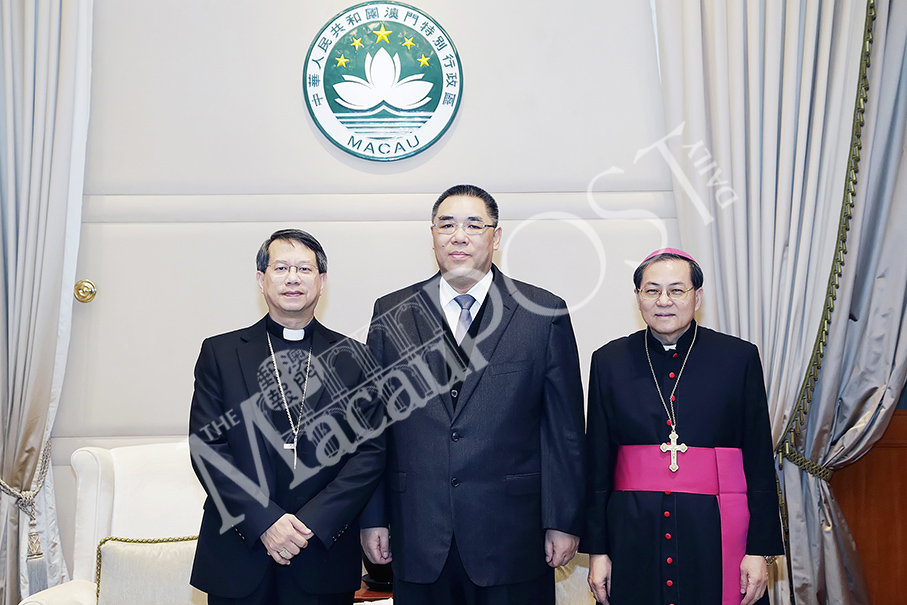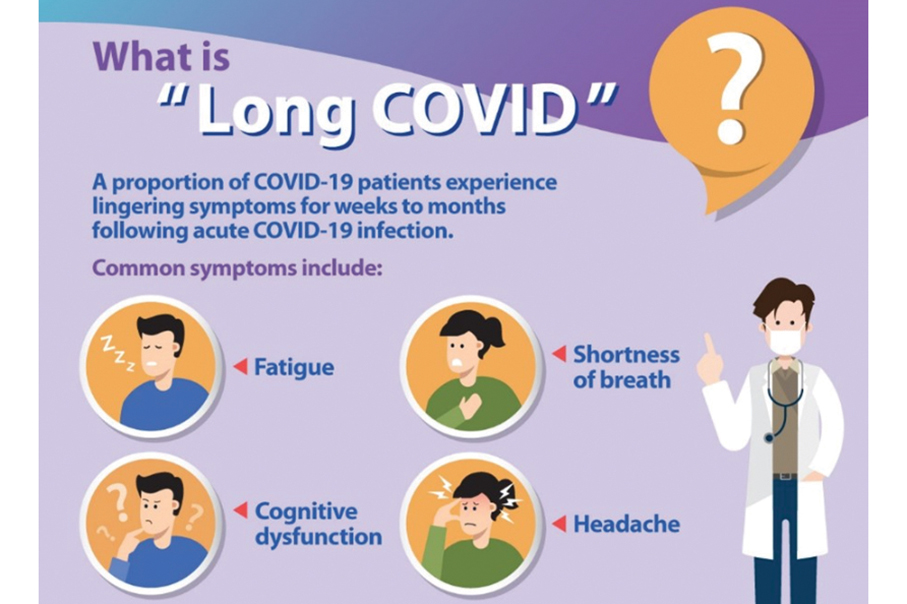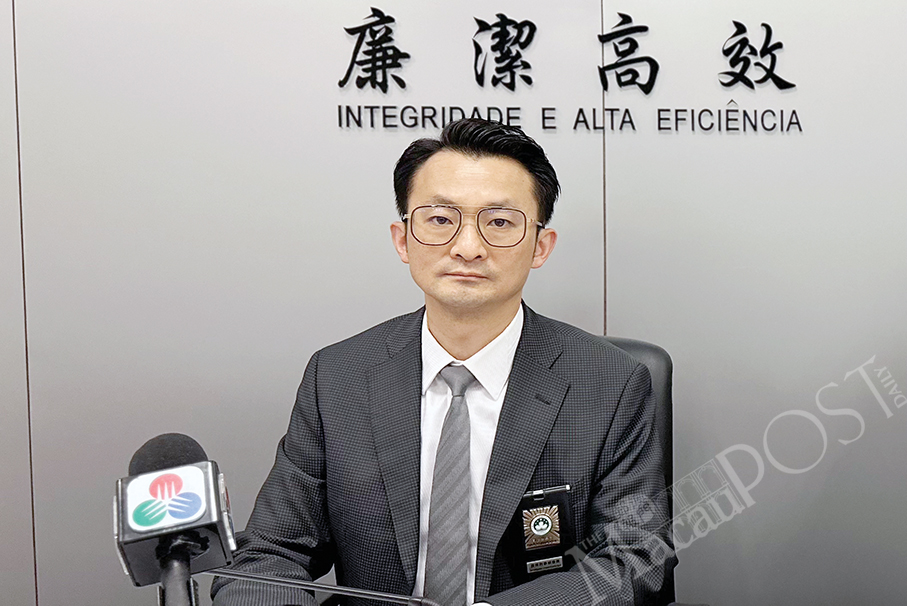This article entitled “The Sacrament of Holy Orders” is dedicated to Stephen Lee Bun-sang, the Roman Catholic bishop of Macau, in remembrance of his receiving the Sacrament of the Holy Orders on August 20, 1988 at the Shrine of Torreciudad in the north-eastern Spanish city of Huesca.
For a Catholic priest receiving the Sacrament of the Holy Order has the same joy and obligations like a lay man getting married.
Bishop Lee, an Opus Dei numerary, was born in Hong Kong on November 10, 1956. He became auxiliary bishop of the Roman Catholic diocese of Hong Kong in 2014 and bishop of the local diocese on January 16, 2016, when he succeeded Jose Lai Hung Seng. He received his consecration on August 30, 2014. His motto is “Ut omnes unum sint” (“That they all may be one”).
The priesthood belongs to Christ alone. But if Christ wished to live on and continue his work, the first thing he would do was to provide for the continuance of his sacerdotal function. Thus, in the fullest sense, the Sacrament of Holy Orders incorporates a man into the priesthood of Christ.
Whereas the Sacrament of Matrimony, a manWhereas the Sacrament of Matrimony, a man and a woman establish between themselves a partnership for the whole of their life, is by nature directed towards the good of the spouses and the procreation and education of offspring, this covenant between baptized persons has been raised by Christ the Lord to the dignity of a sacrament.
Above all, as Christ wishes to renew the sacrifice of the Cross throughout the ages and all over the world as the sacrifice of the New Law in the Holy Mass, he allows other men to share in his priesthood.
For if there is to be a true sacrifice, there must be a priesthood, ordained and from whose hands God would accept the sacrifice.
The Sacrament of the Holy Orders was created to bring into being the creation of priests.
No man can demand to be ordained but only the Church has the spiritual authority to determine the eligibility of the candidate before he is ordained.
After Jesus’ ascension, the apostles had an important mission to spread the Good News about Jesus and continued to accomplish his work.
The supreme task which Jesus Christ had to fulfill was the priestly atonement which he completed as mediator between God and man. By the union with humanity and with his divinity, Christ became a natural mediator between God and mankind.
Bishop Lee is a man like other men, yet he is our mediator with Jesus Christ and Yahweh our God. He has the capacity of offering a worthy sacrifice to God because the virtue of his human actions as a priest has an infinite value.
The priesthood was established by God among the Israelites during their exodus from Egypt.
God chose the tribe of Levi as priests for the nation. Their primary duties were the offering of sacrifice and prayer.
While all believers by nature are priests but some of them like Bishop Lee were set aside by God to serve the Church as Christ himself did.
It is important that we have a good understanding of the sacraments, and how different sacraments have different purposes. In the two of the sacraments – Holy Order and Matrimony – Christ confers a special grace for a particular mission in the Church to serve and build up God’s people.
Those callings are that of the priesthood and that of matrimony. Through the preaching of the word and the celebration of the two sacraments, the devil’s domain is overthrown.
It is important that each Catholic should develop veneration for the priesthood and realise that a priest is not just a church official or manager but a spiritual leader of the Christian Community.
The Holy Order is the Sacrament through which the missionentrusted by Christ to his apostles continues to be exercised by the Church through priests – Bishop Lee is one of them – until the end of time.
Without the Sacrament of the Holy Order, and without ordained priests, the most essential things would be missing in the life of the Church.
Jesus Christ is our only true priest and he is present and acting as our High Priest in the unity of every ordained Catholic priest.
From the priest comes the bishop. As Christ’s vicar, each bishop is the lawful pastor only of the flock entrusted in his care. As a legitimate successor of the apostles he is responsible with the other bishops for the apostolic mission of the Church.
As no bishop can minister to all the faithful in his diocese, so priests act, in the words of the Catechism of the Catholic Church, as “co-workers of the bishops.”
The priests exercise their power lawfully only in communion with their bishop, and so they promise obedience to their bishop at the time of their ordination.
Thus the Holy Order has come to be known as the Sacrament of Apostolic Ministry.
“In the ecclesial service of the ordained minister, it is Christ himself who is present in his Church as Head of the Body, Shepherd of his flock, high priest of the redemptive sacrifice, and the Teacher of Truth. This is what the Church means by saying that the priest, by virtue of the sacrament of the Holy Orders, acts in person of Christ,” as explained in the “Definitive
Edition of Catechism of the Catholic Church, paragraph 1548.”
Diogo Fernandes, a former staff member of the Government Information Bureau (GCS), is a local Goanese writer

Chief Executive Fernando Chui Sai On (centre) poses with the former bishop of the local Roman Catholic diocese, José Lai Hung Seng (right), and his successor Stephen Lee Bun-sang during a meeting at Government Headquarters in January last year. – GCS







